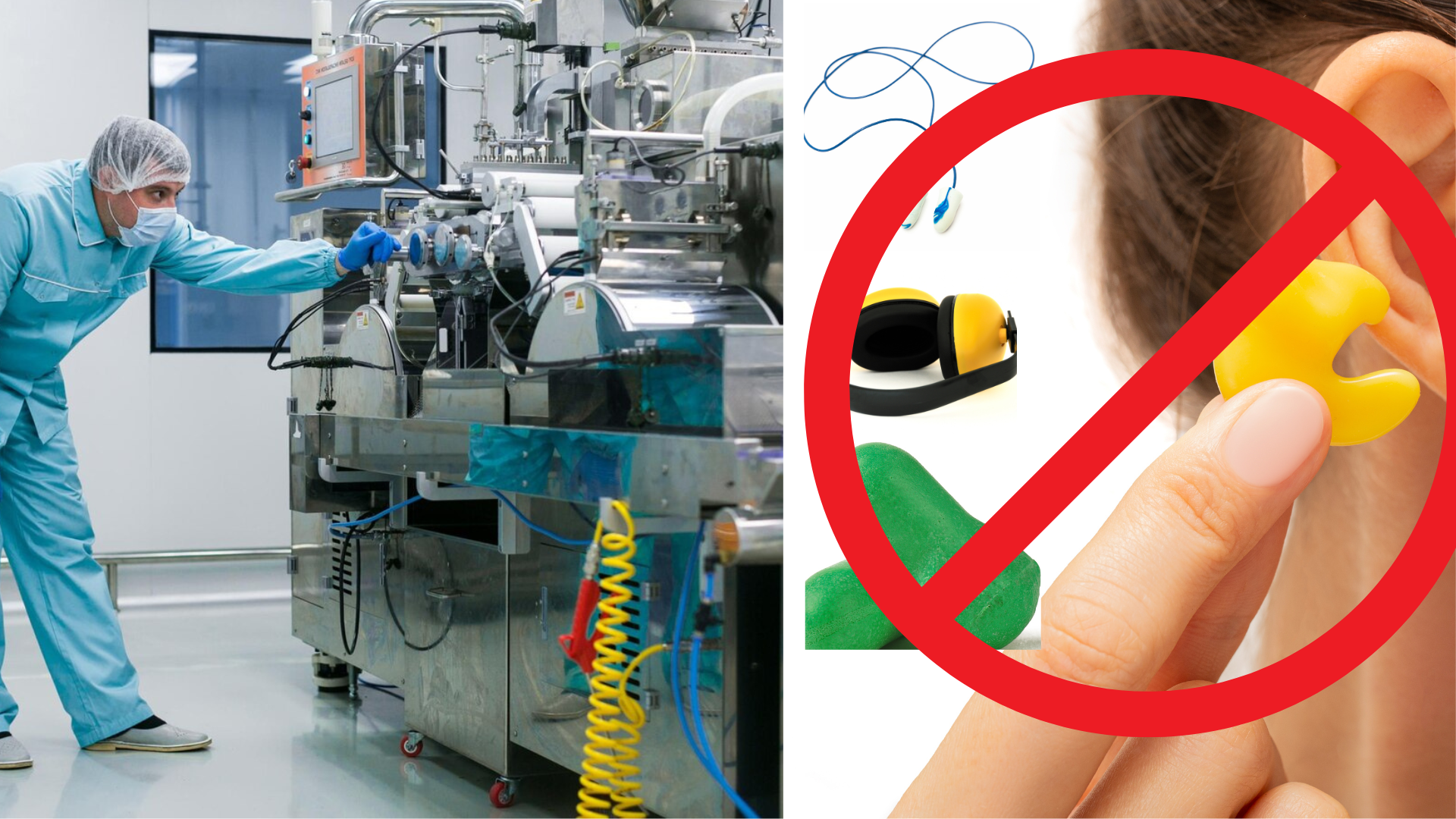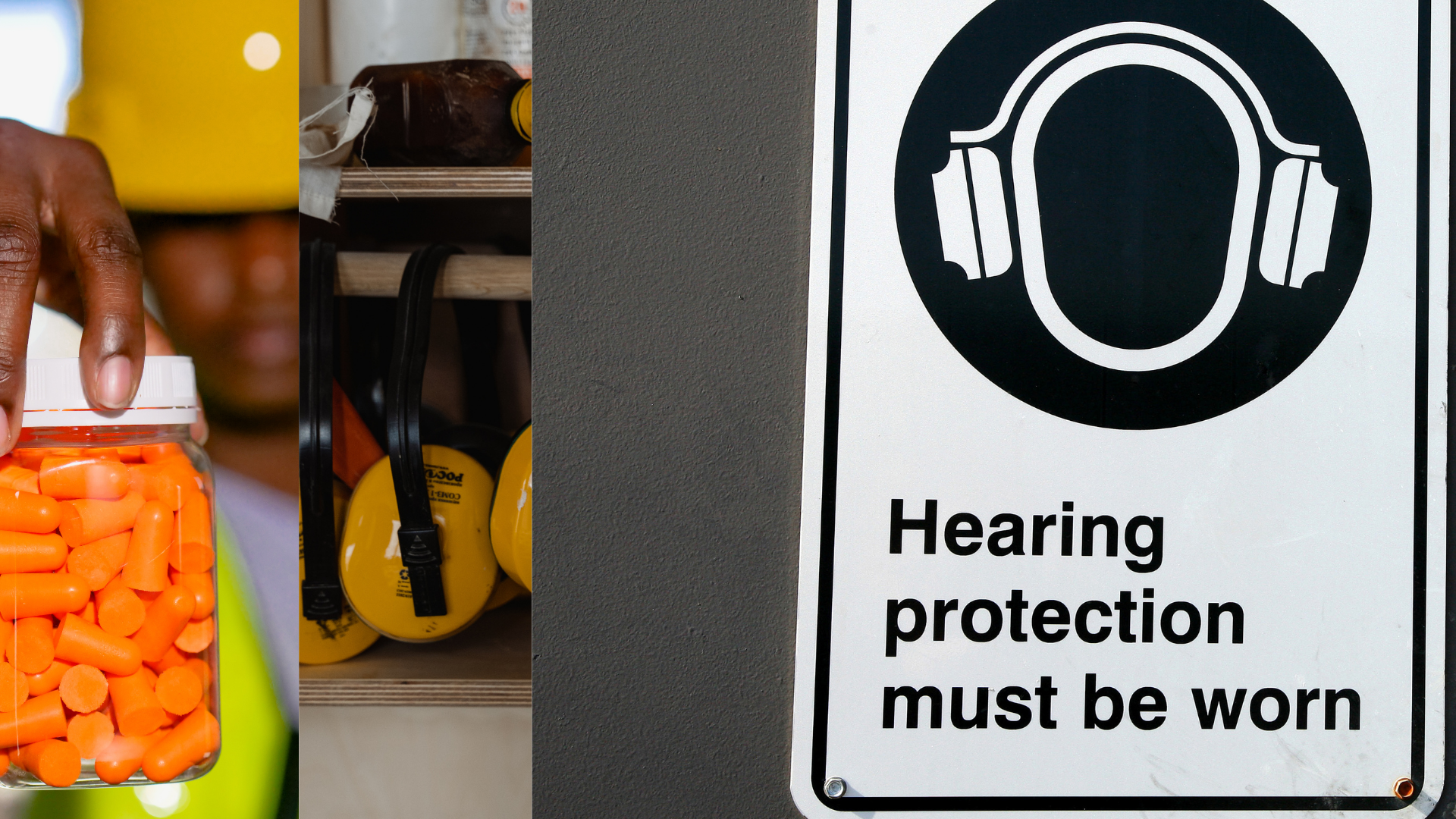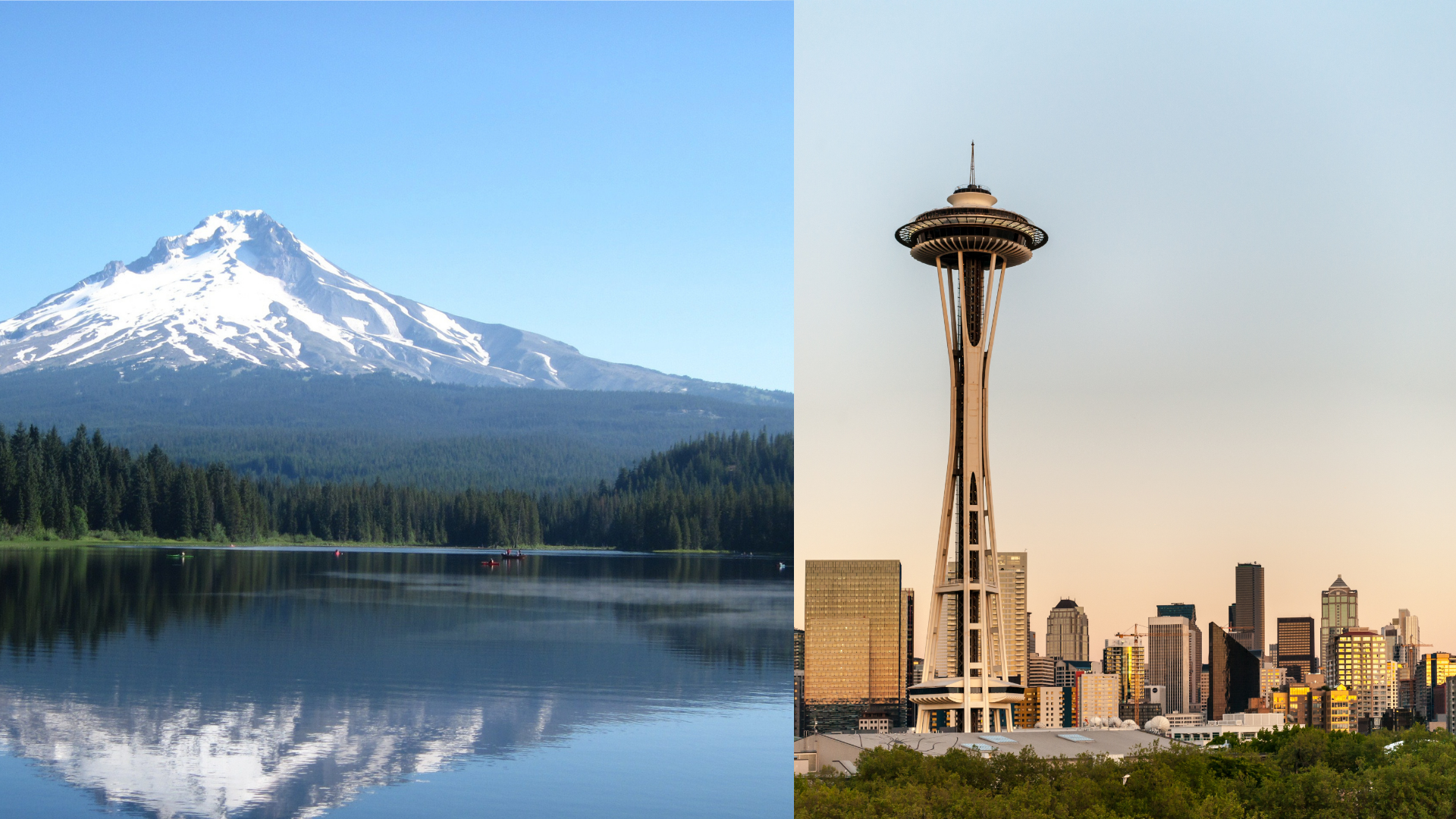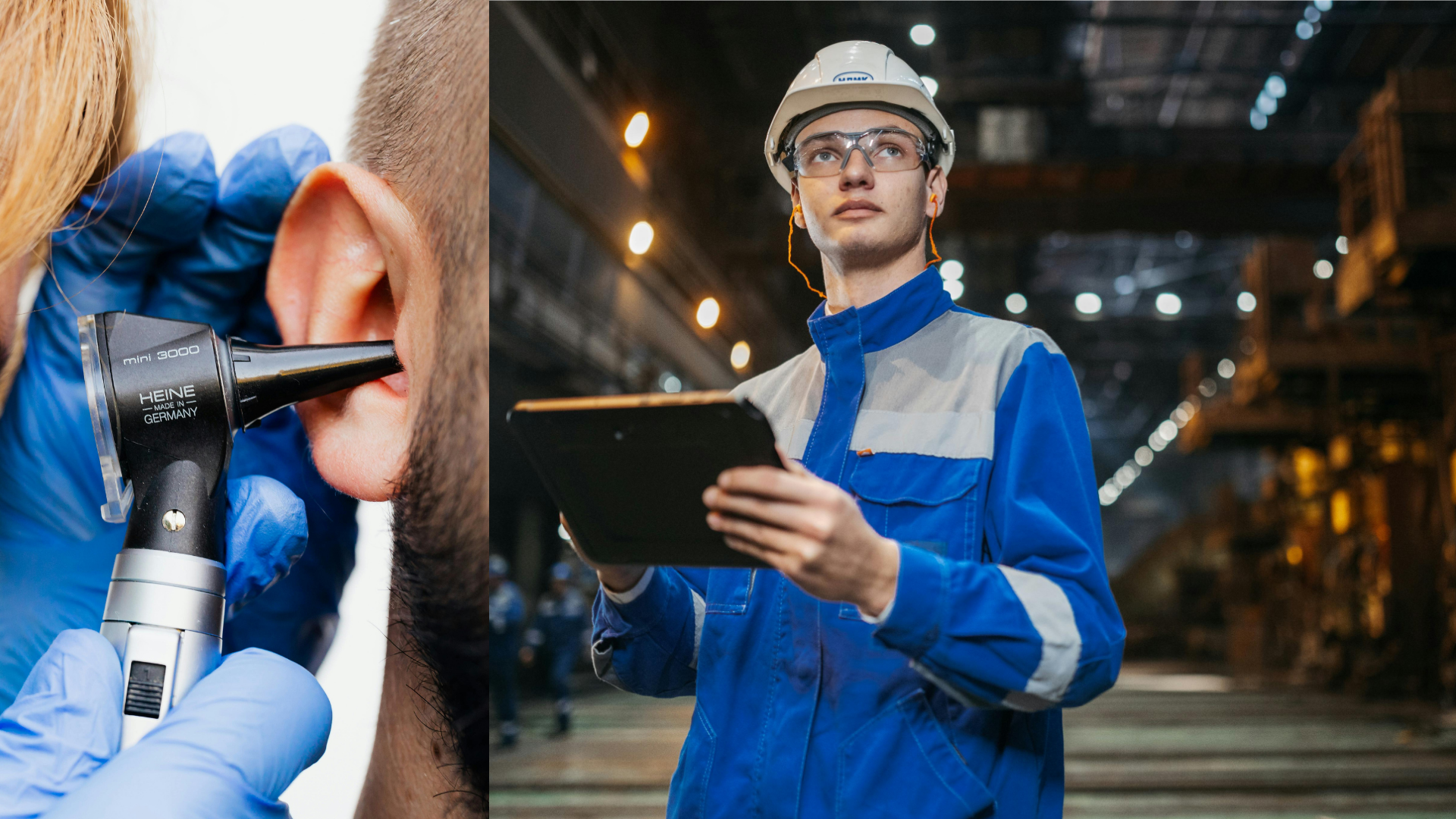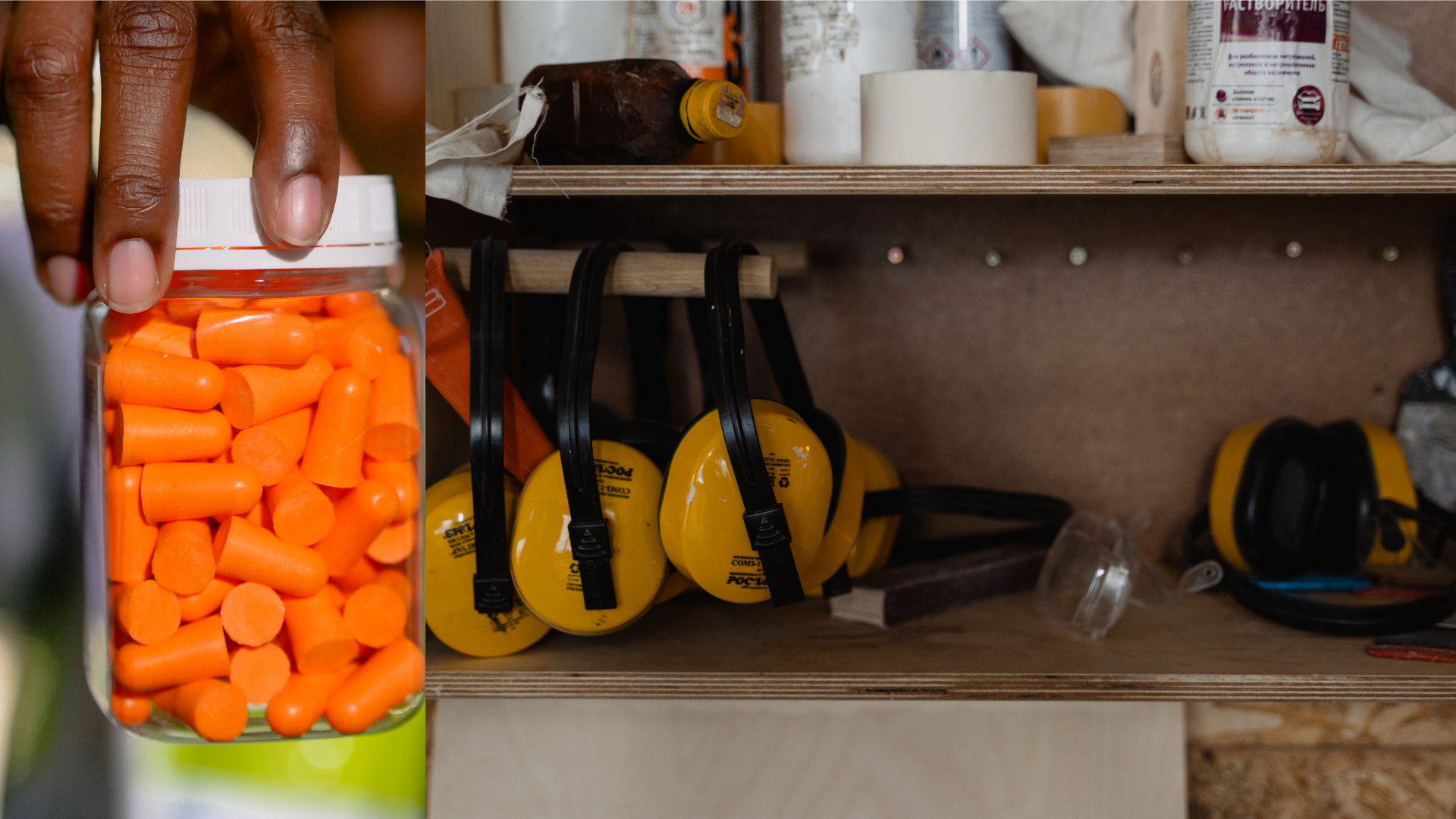OSHA Noise Level Monitoring: In-Depth Guide
Even when a hearing conservation program isn’t required, it’s important to remain aware of the noise levels at a facility. If the noise reaches a point where employees have to shout to make themselves heard from 2-3 feet away, it’s a good idea to at least implement a sound monitoring routine.
Why should you measure the noise at your facility?
It’s important to routinely check the sound your employees are exposed to. OSHA requires most companies to implement a hearing conservation when employees are exposed to 85 decibels over an 8-hour time weighted average. Records of noise exposure monitoring can help prevent citations during a surprise OSHA visit.
Keeping track of employee noise exposure can also help prevent permanent hearing injury, as employees can then avoid or reduce the time they are exposed to noise. An accurate picture of noise exposure also helps when choosing hearing protection, to ensure your employees aren’t under or over protected.
How often should noise be measured?
According to OSHA, if the company meets requirements for a hearing conservation program, noise should be remeasured any time “there are significant changes in machinery or production processes that may result in increased noise levels”.
One benefit of periodically checking the noise is that it could remove the need for a program. For example, it could be discovered that role changes no longer require long periods of time in noise, eliminating or reducing the need for a hearing conservation program.
Types of industrial noise measurements
There are two common methods for determining industrial noise levels. It’s often best to start with a sound map, as this provides the key to what areas need further monitoring or what areas do not meet the level.
1. Start with an area noise level test
When you’re first setting out to measure workplace noise, it’s a good idea to begin with an area sound measurement. While many people may think they should start with dosimetry, beginning with a sound map will provide clarity to who should be measured with dosimetry.
2. If needed, add personal noise monitoring
After a sound map is completed, outcomes could include these three things:
- No employees are exposed to dangerous levels of noise over long periods of time
- Some employees work in louder areas, and may need to be included in a hearing conservation program
- All employees work in loud noise, and a combination of the volume and/or the length of their shift means they need to be included in a hearing conservation program
If any employees fit in parts 2 or 3, you should choose a representative group to measure their actual Time Weighted Average with noise dosimetry.
Bringing sound maps & dosimetry together
When comparing the use of sound maps to dosimetry, it can help to think about measuring the UV exposure from the sun. An area sound map would be comparable to measuring how bright sunlight is, while a personal dosimetry measurement would provide the level of UV exposure for an individual over time.
Follow up actions after sound level is established
After you have estimates of the noise exposures of your employees, there are several possible next steps. If any employees have an 8-hour (or equivalent) Time Weight Average of over 85 decibels of noise exposure, they should be considered for inclusion in the company’s hearing conservation program.
Anadyne: OSHA noise measuring + next step consultation
At Anadyne, we understand that hearing conservation can be confusing, and misunderstandings can have costly repercussions. That’s why our noise monitoring services come with the option of a free, 30 minute consultation to discuss results & next steps.
Click to find out more or give us a call at 888-972-4420!


